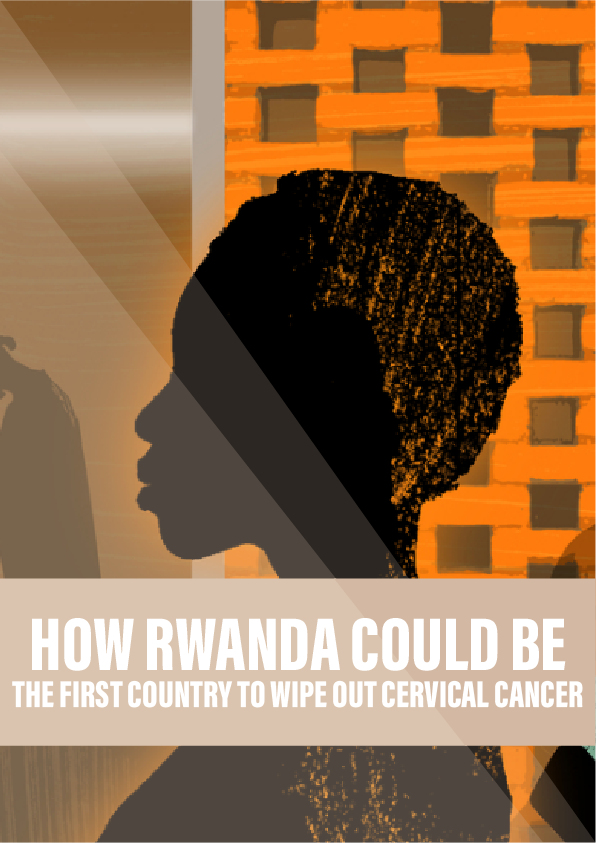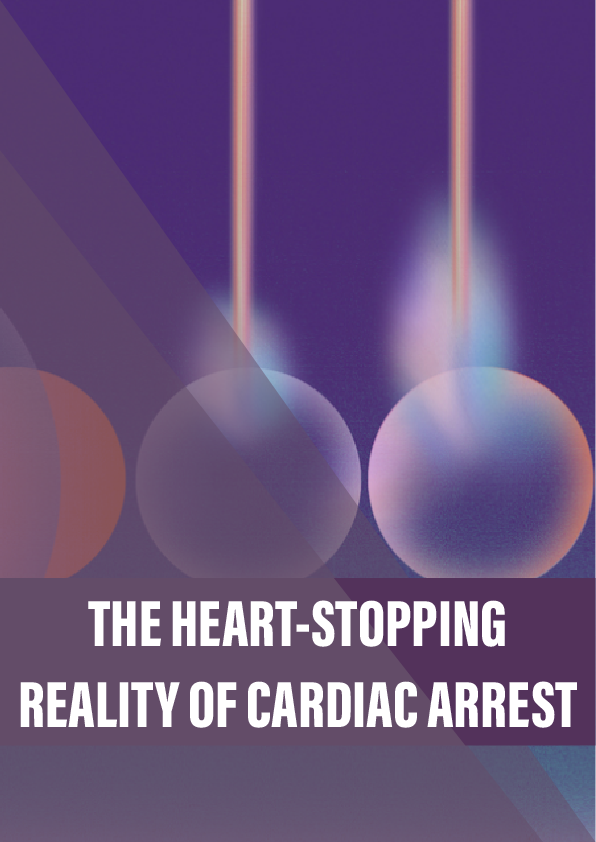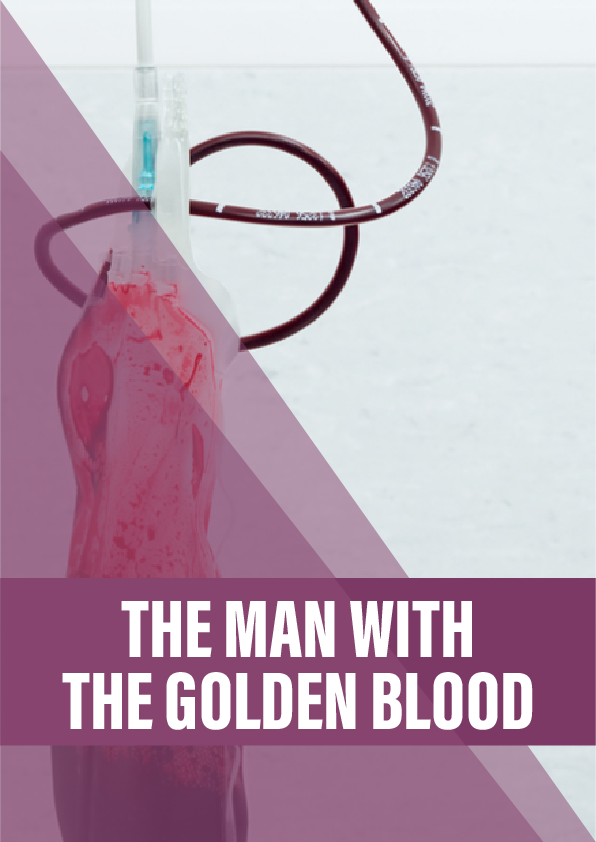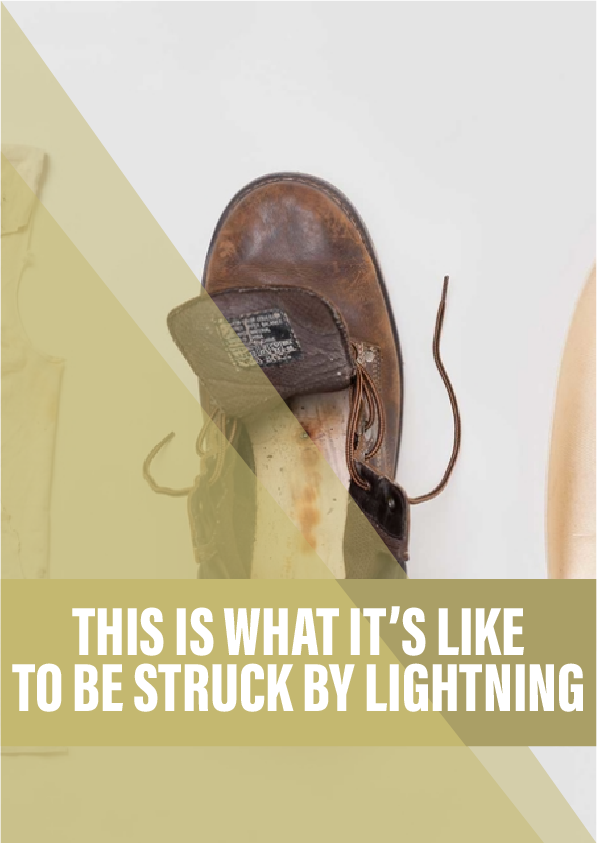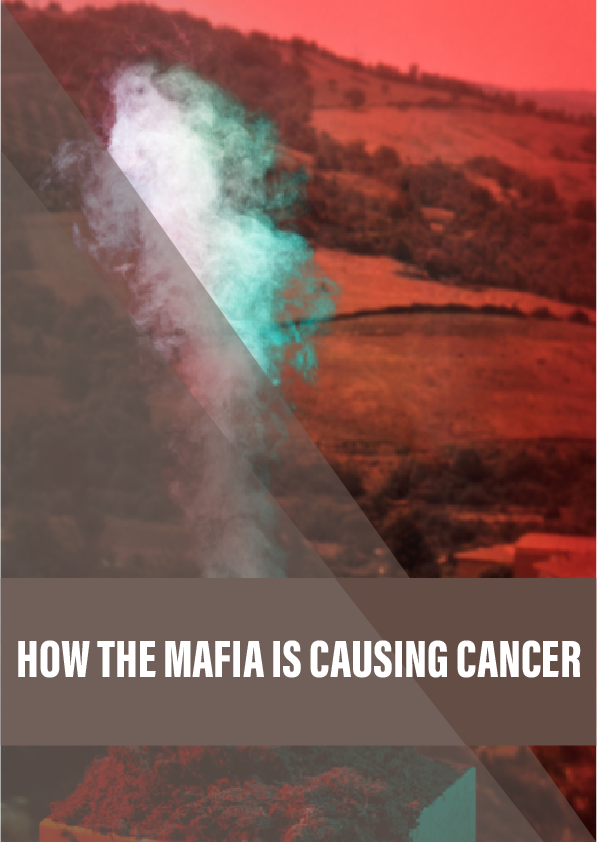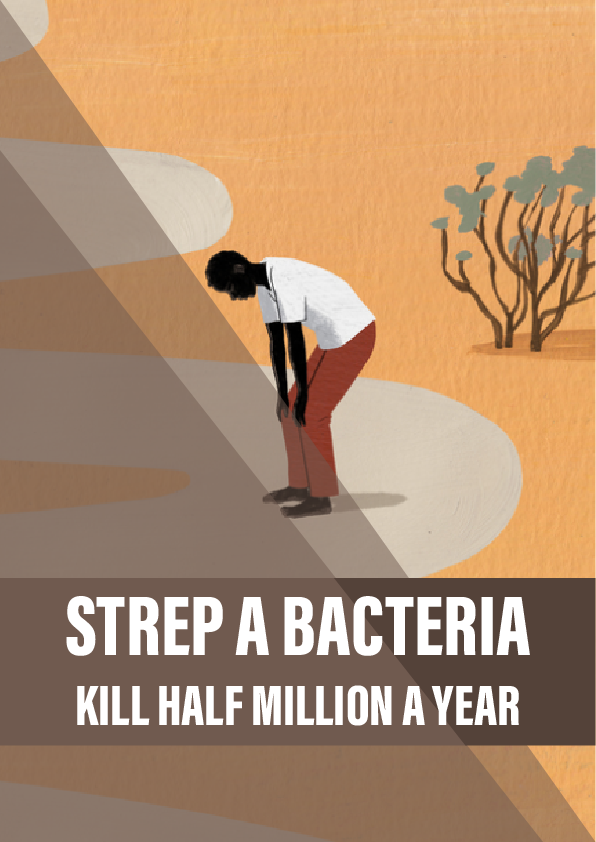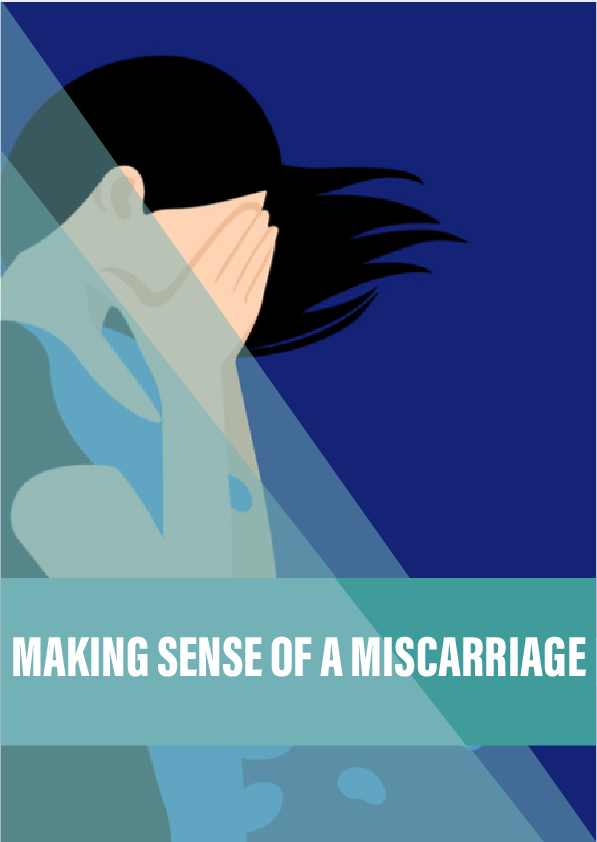Girls began queuing at their local school with their friends, waiting for their names to be called. Many were apprehensive. After all, most of them had not had a vaccination since they were babies. It was 2013 and a new vaccine had arrived in Kanyirabanyana, a village in the Gakenke district of Rwanda. Reached by a reddened earth road, the village is surrounded by rolling hills and plantations growing crops from bananas to potatoes. Unlike the 10 vaccines already offered to young children as part of the country’s immunisation programme, this vaccine was different: it was being offered to older girls, age 11–12, in the final year of primary school.
Three years before, Rwanda had decided to make preventing cervical cancer a health priority. The government agreed a partnership with pharmaceutical company Merck to offer Rwandan girls the opportunity to be vaccinated against human papillomavirus (HPV), which causes cervical cancer.
This was the first time an African country had embarked on a national prevention programme for cervical cancer. Could Rwanda become the first country in Africa to eliminate it?
It was an ambitious goal. Cervical cancer is the most common cancer in Rwandan women, and there were considerable cultural barriers to the vaccination programme – HPV is a sexually transmitted infection and talking about sex is taboo in Rwanda. Added to this, rumours that the vaccine could cause infertility made some parents reluctant to allow their daughters to be vaccinated.
Rwanda’s economy and history also made it seem an improbable candidate for achieving high HPV vaccination coverage. After the 1994 genocide, it was ranked as one of the poorest countries in the world. High-income countries had only achieved moderate coverage of the HPV vaccine; if the United States and France couldn’t achieve high coverage, how could Rwanda?
Reference:
